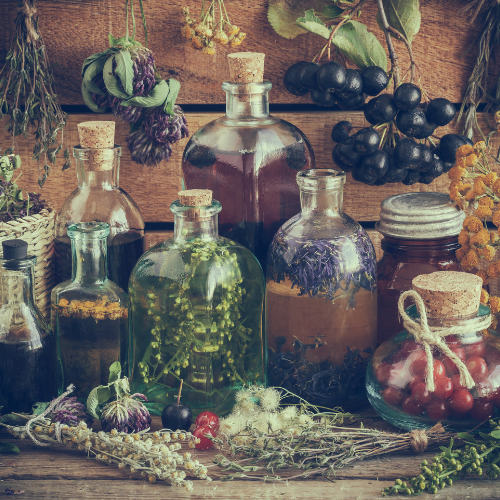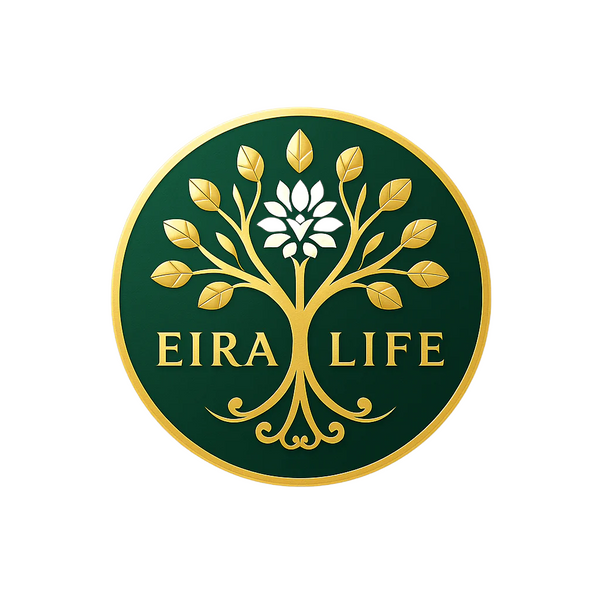
Roots of Herbalism and Herbal Tinctures
Share
The Roots of Herbalism: A Brief History
Herbalism, or Phytotherapy, is one of the oldest forms of medicine, dating back thousands of years. Civilizations from ancient Egypt and China to the Indigenous cultures of the Americas have long relied on plants for their medicinal properties. These early healers observed nature, learning through trial and error which plants had healing powers and which should be avoided. Over time, these discoveries were refined, forming the basis of traditional medicine systems such as Ayurveda and Traditional Chinese Medicine (TCM).
Fast forward to today, and the wisdom of these ancient practices is now supported by modern science. Numerous studies have shown that many herbs used for centuries indeed contain compounds with therapeutic effects, ranging from anti-inflammatory and antioxidant properties to immune-boosting and stress-relieving benefits.
What Are Herbal Tinctures?
At Teabee, we’re particularly passionate about herbal tinctures. But what exactly are they?
Herbal tinctures are concentrated liquid extracts made from herbs. They are typically made by soaking herbs in alcohol for several weeks, allowing the active compounds in the plant material to dissolve into the liquid. The result is a potent extract that can be used in small doses to support various aspects of health and wellbeing.
Unlike teas or capsules, tinctures offer a more concentrated form of herbal medicine, making them both effective and easy to incorporate into daily routines. Because they are absorbed quickly into the bloodstream, tinctures can provide fast relief for many conditions.
The Process of Making Herbal Tinctures
Making herbal tinctures is both an art and a science. At Teabee, we take great care in selecting the suppliers who are using the highest quality organic herbs and using traditional methods to createherbal tinctures.
Here’s a basic outline of the process:
Harvesting: Start with fresh or dried herbs, sourced from trusted suppliers who prioritize sustainable and organic practices.Maceration: The herbs are then chopped or crushed to expose as much surface area as possible. This step is crucial for maximizing the extraction of active compounds.
Infusion: The prepared herbs are placed in a glass jar and covered with alcohol. The jar is sealed and left to steep for several weeks. During this time, the solvent draws out the plant’s medicinal properties.
Straining: After the infusion period, the mixture is strained to remove the plant material, leaving behind a concentrated liquid—our herbal tincture.
Bottling: The final tincture is bottled and stored in a cool, dark place to preserve its potency.
The Benefits of Herbal Tinctures
Herbal tinctures can be used to address a wide range of health concerns. Here are just a few ways they can support your wellbeing:
Science-Backed Benefits
Modern research continues to validate the efficacy of many herbs traditionally used in tinctures. For example, studies have shown that:
These are just a few examples, and ongoing research continues to uncover the full potential of herbal remedies.
Incorporating Tinctures Into Your Routine
Incorporating herbal tinctures into your daily routine is simple. They can be added to water, tea, or juice. The dosage will depend on the specific tincture and your individual needs, so it’s always best to start with a small amount and consult with a healthcare professional if you have any concerns.
At Teabee, we’re committed to helping you find the right natural remedies for your unique needs. Whether you’re new to herbalism or a seasoned practitioner, our selection of tinctures and other herbal products is designed to support your journey to holistic health and wellbeing.
Join the Teabee Community
We’re excited to embark on this journey with you and invite you to explore the world of herbalism through our platform. Whether you’re looking to manage stress, boost your immune system, or simply learn more about natural wellness practices, Teabee is here to guide you every step of the way.
Thank you for being part of the Teabee community. Stay tuned for more blogs, tips, and product recommendations to help you live your healthiest, most balanced life.


